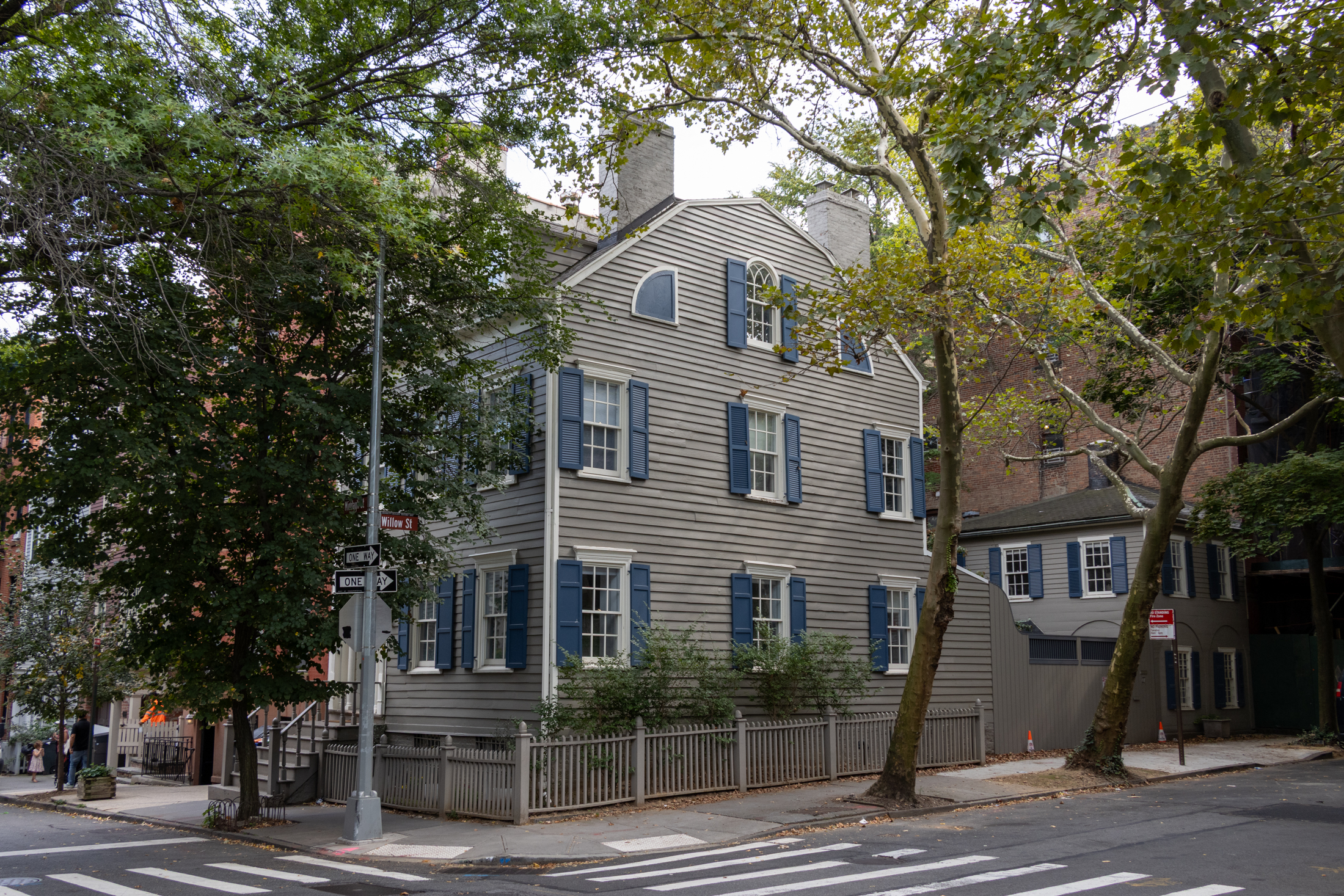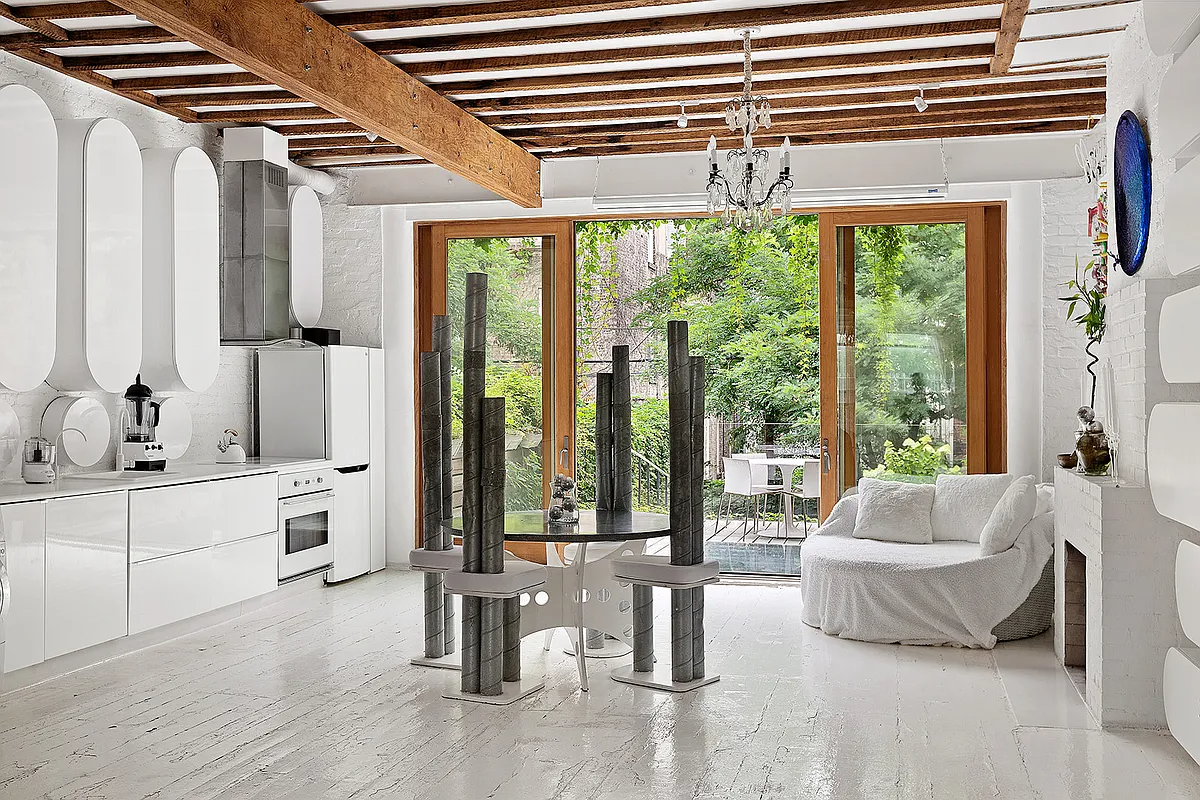Mass Eviction by Owner to Occupy Tenement
A couple is trying to evict all of the tenants in the 15-unit rent-control building at 47-49 East Third Street in the East Village under a loop hole in rent laws that allows for such evictions in the case that the owner plans to use the space for himself. According to this article, the claim…

 A couple is trying to evict all of the tenants in the 15-unit rent-control building at 47-49 East Third Street in the East Village under a loop hole in rent laws that allows for such evictions in the case that the owner plans to use the space for himself. According to this article, the claim has to pass the “giggle” test, i.e. the landlord must prove his good faith intention to live in apartments he is seeking to evict the tenants from. While hard stats are hard to come by, one lawyer who specializes in these cases estimates that landlords were on the losing end only a quarter of the time. In the rest of the cases, tenants were forced out after receiving a low 5-figure settlement.
A couple is trying to evict all of the tenants in the 15-unit rent-control building at 47-49 East Third Street in the East Village under a loop hole in rent laws that allows for such evictions in the case that the owner plans to use the space for himself. According to this article, the claim has to pass the “giggle” test, i.e. the landlord must prove his good faith intention to live in apartments he is seeking to evict the tenants from. While hard stats are hard to come by, one lawyer who specializes in these cases estimates that landlords were on the losing end only a quarter of the time. In the rest of the cases, tenants were forced out after receiving a low 5-figure settlement.
It’s hard to take this family’s claim that they need 11,200 square feet to themselves seriously, but as the real estate market has heated up, the number of these types of cases has been increasing for obvious reasons. And while it’s impossible not to empathize with those being displaced, ultimately we think the problem lies with the rent control law itself, an economically unsound social policy that raises the overall cost of housing in this city. We have no problem with the decision as a society to subsidize the housing costs of certain portions of the population–the elderly, handicapped, etc.–in fact, we support it in such clear-cut cases. But rather than forcing individual landlords to absorb that cost on a random basis, we think market rates should be allowed to prevail and the government should give the members of the subsidized population direct payments to help pay their market rents (or pay the landlords directly). That would avoid situations like a friend we know who inherited his family’s rent control 10-room Park Avenue apartment that he still pays less than $2,000 a month for and do a better job of making sure the subsidies get to the right people. The current system is fraught with inefficiencies and invites the kind of corner-cutting on display in this article. That’s what we think, anyway.
Everybody Out? [NY Times]





I’m a landlord with a couple rent controlled tenants in Soho playing about $100.00 per month in rent.
I have many other tenants paying around $600.00 per month in rent stabilized apartments, also in Soho. The yearly increases don’t even begin to catch up to market rates. It costs me on average about $500.00 per apartment each month in expenses and property taxes to run the buildings.
A few days ago, I spent $125.00 to install a new security door lock on a tenant’s front door — more than the tenant’s monthly rent.
Is the the system fair? Obiviously, not.
Damn. Links to the Cato Institute? Rent control as “legalized robbery?” You people are completely fucking I-N-S-A-N-E.
Yeah, the Cato Institute, now there’s a neutral fair-minded party.
The inefficiency of rent control is illustrated in any freshman economics text…
Rent control is soooo unamerican.
this link has a great analysis of how rent control may actually drive up rents (they lump RS in with RC).
http://www.cato.org/pubs/pas/pa-274.html
The regulations allow landlords to make improvements and collect increased rent based on formula of cost of improvement.
It also allows for hardship in case of small owners and their particular cash-flow.
No – the system is not perfect – and people can/do abuse it. But for most part I think has been good for NYC.
For the one who lived for 8 years in his regulated apt. and moved ‘because he felt sorry for landlord’ perhaps was able to buy because he
had apt. where he could save for downpayment.
That was my case – I had inexpensive studio and was able to save for down payment in ’80s.
Now I am a landlord but of non-regulated apts.
I also strongly agree with libdem. The system has caused harm to many tenants for exactly the reasons outlined. An entitlement system such as RC breeds dependency, which is never a good thing.
Thanks VDH for setting people straight regarding the differences between rent control and rent stabilization. It’s hard to take anybody seriously on this subject if they aren’t using the correct terms.